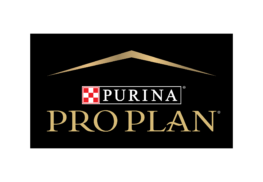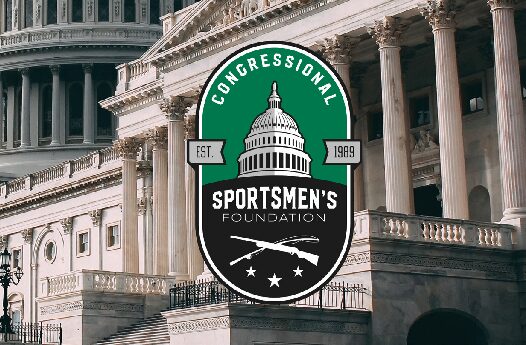PURINA AND PHEASANTS FOREVER PARTNER ON SUSTAINABILITY INITIATIVE IN PRAIRIE POTHOLE REGION


By Andy Fondrick, Digital Marketing Specialist at Pheasants Forever & Quail Forever
Creating permanently protected public lands is incredibly important for a wide array of wildlife species, especially in a time when quality habitat is being continuously threatened. Additionally, publicly accessible hunting land is a necessary tool in the recruitment of new outdoorsmen and women who may not have connections to huntable land otherwise.
However, as impactful as public land may be, private land conservation represents the majority of habitat opportunities for wildlife populations in the United States. The truth is, roosters, quail, deer, ducks, elk and other wildlife don’t follow property lines or topographical boarders, so the combination of public AND private land habitat is the key.
“With over 60% of land ownership being privately held, upwards of 90% of those acres being crop, rangeland or forested, private landowners are playing a critically important role in protecting our valuable natural resources and providing public benefits,” says Tanner Bruse, agriculture & conservation programs manager for Pheasants Forever.
Whether it be winter cover during frigid temperatures or nesting and brood-rearing grasses necessary for raising young, the bottom line is our favorite species need quality habitat. Making an impact on private land is crucial in supporting the ever-growing need for critical habitat.
According to Bruse, “Upland birds population trends are directly related to the amount of acres on the ground, providing the proof that grass on the landscape has a direct correlation to the amount of wildlife you see each fall. Another overlooked characteristic is the quality of habitat and the management used to keep these conservation acres as productive as possible.”

That’s where the Pheasants Forever Farm Bill Biologist Program helps to link private landowners with conservation initiatives. This program is designed to educate farmers and landowners about the benefits of conservation programs, then assist those landowners in the implementation and maintenance requirements of those programs.
“Pheasants Forever Farm Bill Biologists are staff members who specialize in conservation programs and habitat planning who work side by side with our fantastic partners to provide the highest level of quality customer service and technical assistance to landowners interested in voluntary conservation,” says Bruse. “Farm Bill biologists provide management information along with assisting in enrolling acres that provide water quality, soil health and wildlife benefits.”
Typically, officed out of United States Department of Agriculture (USDA) Service Centers, these biologists are co-funded through an invaluable partnership with the USDA along with other local partners. In addition to providing irreplaceable habitat expertise for Pheasants Forever & Quail Forever, Farm Bill biologists assist USDA agencies such as the Natural Resources Conservation Service (NRCS) and the Farm Service Agency (FSA), in providing landowners with a “one-stop shop” for all things conservation and habitat related on private lands.
“Without our great partners at the United State Department of Agriculture along with state agencies, local conservation districts, Pheasants Forever & Quail Forever chapters and the farmers and landowners implementing conservation, none of our private land habitat accomplishments would be possible,” Bruse says. “These fantastic partners provide us the tools necessary in helping to deliver voluntary conservation and providing boots on the ground service to farmers and landowners.”
With the general Conservation Reserve Program (CRP) enrollment deadline quickly approaching, there is a great opportunity for landowners to directly impact their bottom line and the habitat landscape through voluntary enrollment. Until February 28, 2020, Pheasants Forever & Quail Forever Farm Bill Biologists and USDA Service Centers will play a critical role in filling the more than 8 million acres of opportunity allotted for the first general CRP enrollment period since 2016.
“There is a significant amount of opportunity available through the Farm Bill, along with other state and local programs,” says Bruse. “Stop by your local USDA office to find out what fits your land the best and talk to local resource professionals about your conservation goals. There is likely an opportunity for technical and/or financial assistance available to turn your thought into reality.”
If you are interested in the CRP Program and the help a Farm Bill biologist can provide, find your local USDA Service Center or reach out to a Farm Bill Biologist in your area.
SHARE ON
You may also like
The role corn plays for gamebirds and economies ac...
Sportsmen’s conservation policy issues from publ...
Sportsmen’s conservation policy issues from publ...


























